Post main photo ‘Spiral Shell’ by Lani Elliott
Spirals are common in plants and in some animals, notably molluscs. For example, in the nautilus, a cephalopod mollusc, each chamber of its shell is an approximate copy of the next one, scaled by a constant factor and arranged in a logarithmic spiral.
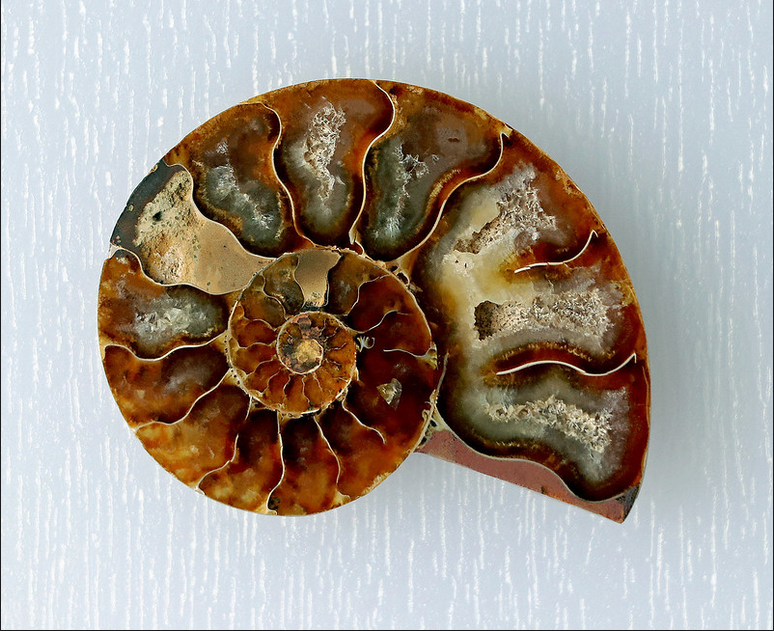
‘Ammonite fossil’ by AWLsheep
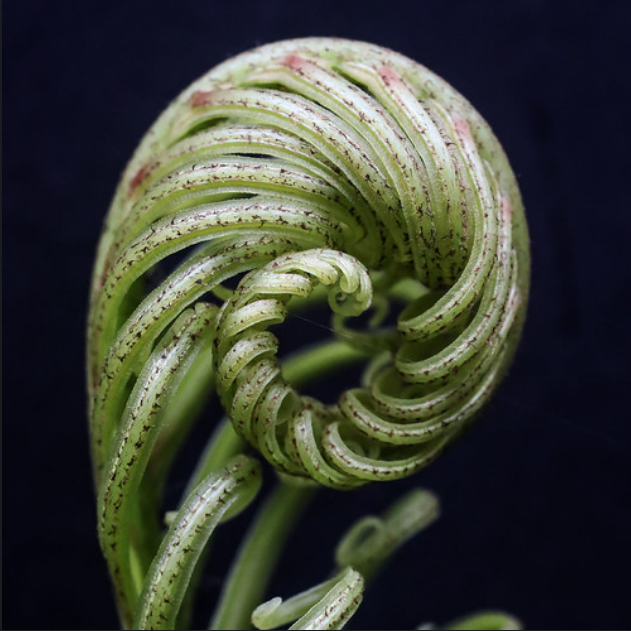
‘Curled up’ by Laurie Wilson
Plant spirals can be seen in…the arrangement of leaves on a stem, and in the arrangement…of other parts as in composite flower heads and seed heads like the sunflower or fruit structures like the pineapple and snake fruit, as well as in the pattern of scales in pine cones, where multiple spirals run both clockwise and anticlockwise
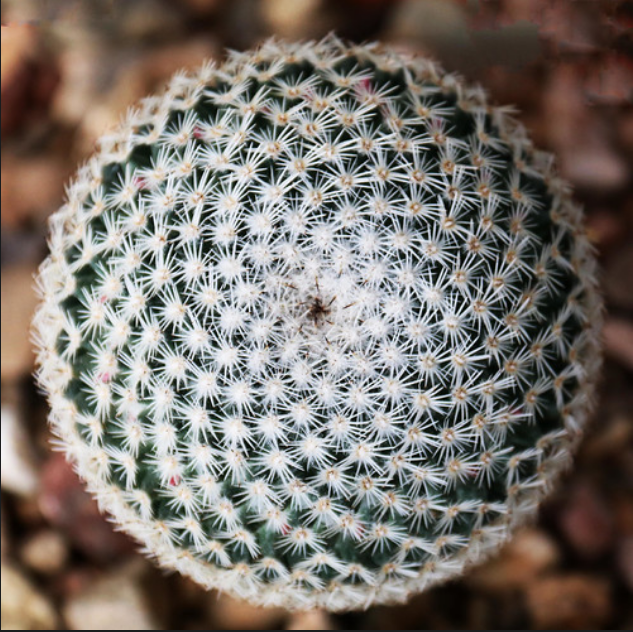
‘Spirals’ by Thomas Ferullo
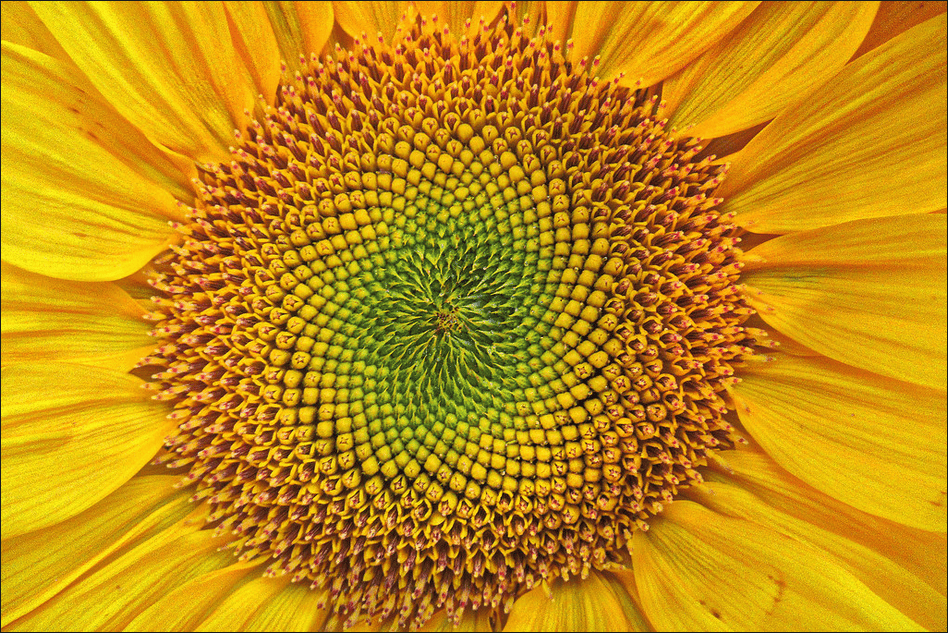
‘Fibonacci Flower’ by arbyreed
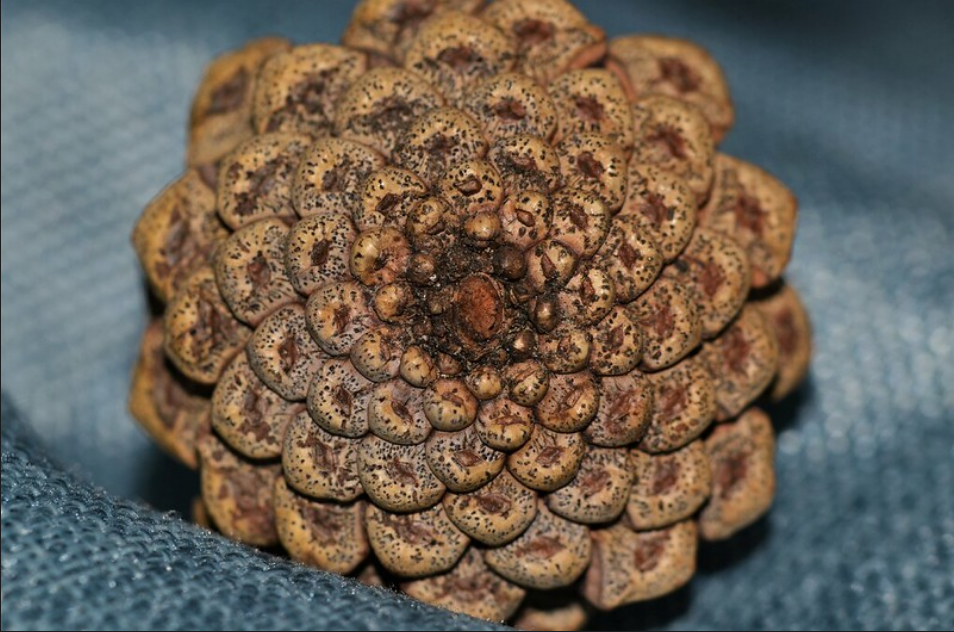
‘DSC_6832 Macro Mondays - Spiral’ by marski101
From the point of view of chemistry, a spiral can be generated by…proteins that manipulate the concentration of the plant hormone…to control the relative angle of buds around the stem.
From a biological perspective, arranging leaves as far apart as possible in any given space is favoured by natural selection as it maximises access to resources, especially sunlight for photosynthesis.
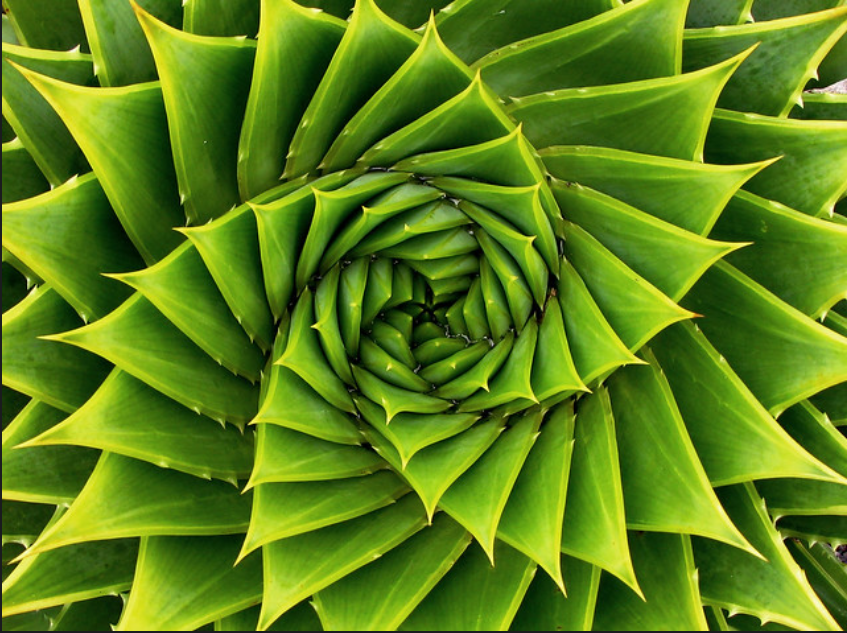
‘Green Spiral’ by André Meurer
From the point of view of physics, spirals are lowest-energy configurations which emerge spontaneously through self-organizing processes in dynamic systems.

‘NASA Sees Typhoon Chan-Hom’s Strongest Winds in Northern and Eastern Quadrants’ by NASA Sees Typhoon Chan-Hom’s Strongest Winds in Northern and Eastern Quadrants

‘NGC1232 Subaru and ESO’ by Roberto Colombari
Info from Wikipedia

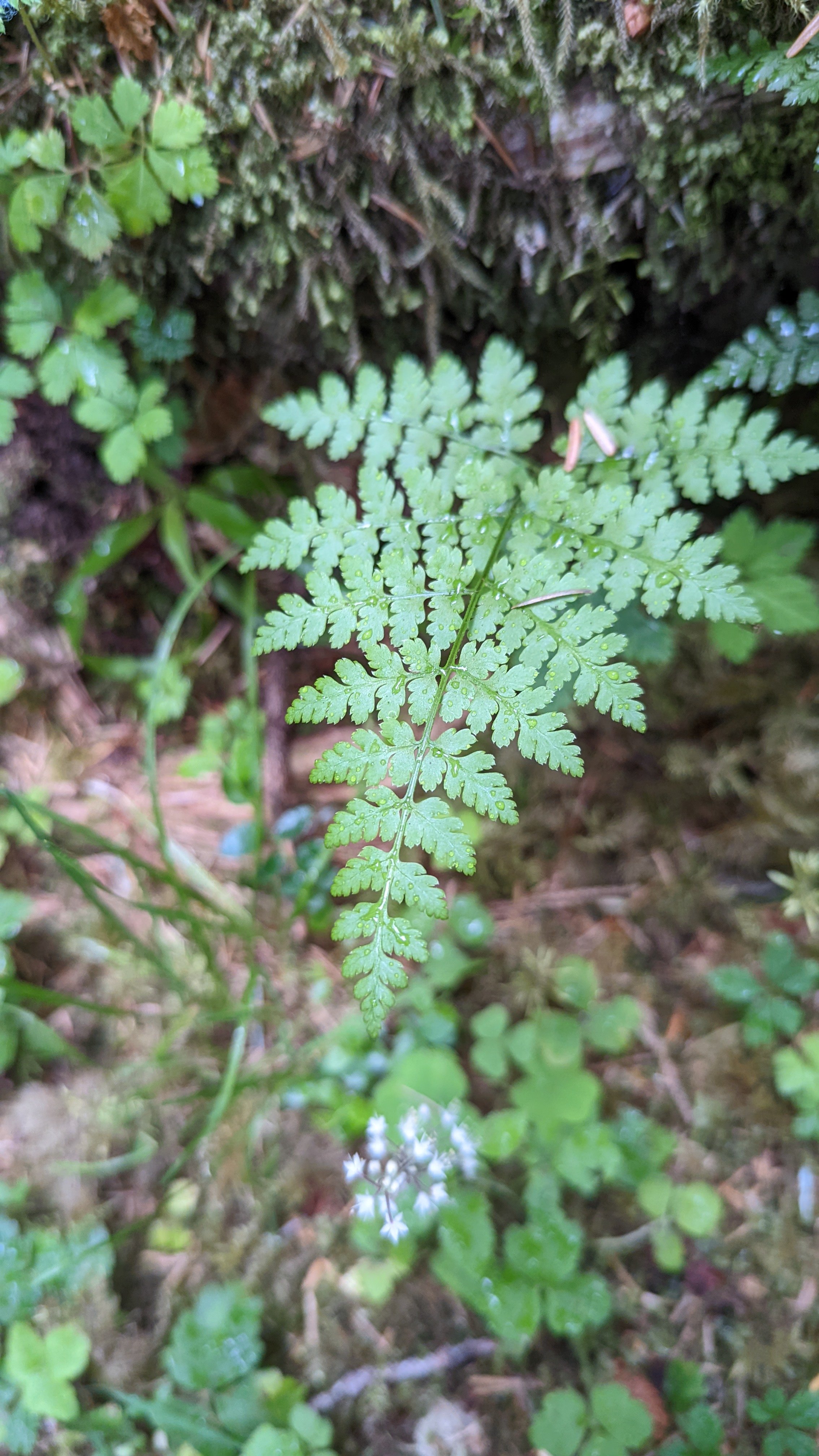
Thank you!
I recently thought that instead of just posting photos, something with fun facts would be more interesting and perhaps get conversation going 👍
Yeah good idea for sure, there is cool patterns and science to be found everywhere around us and its great to know more about them :)